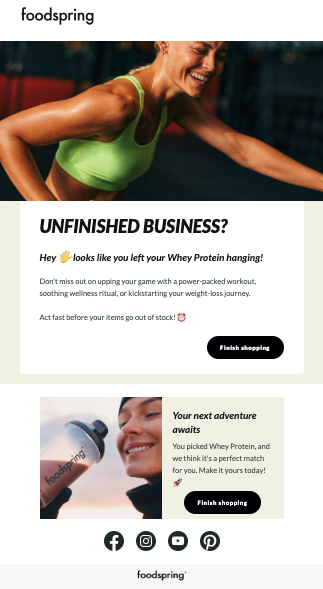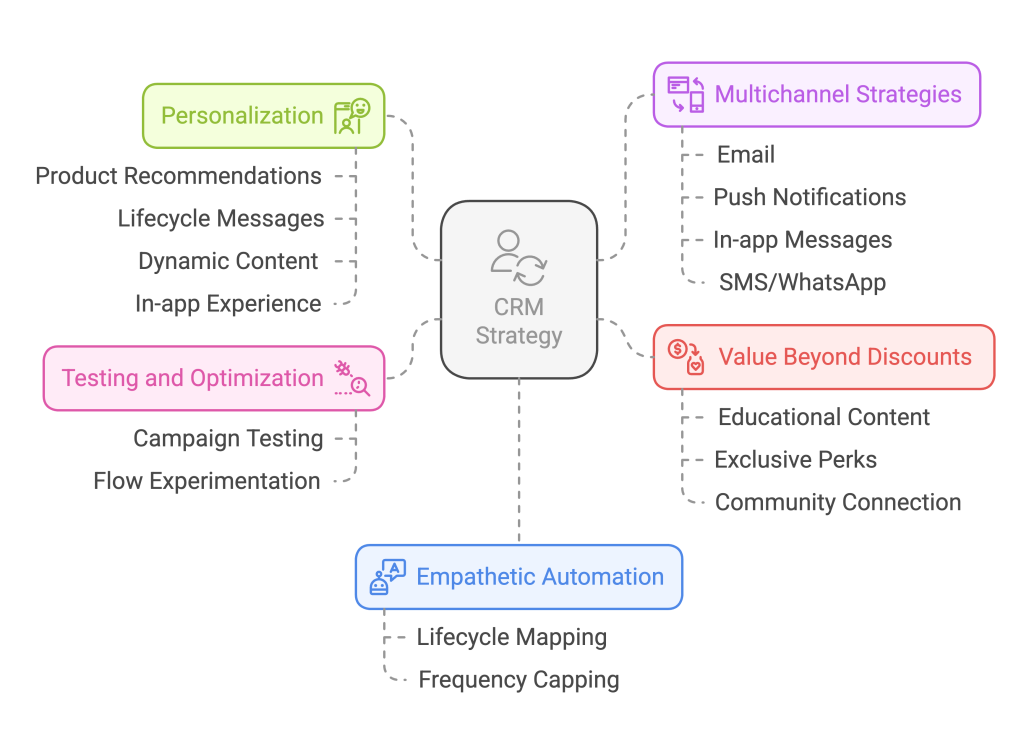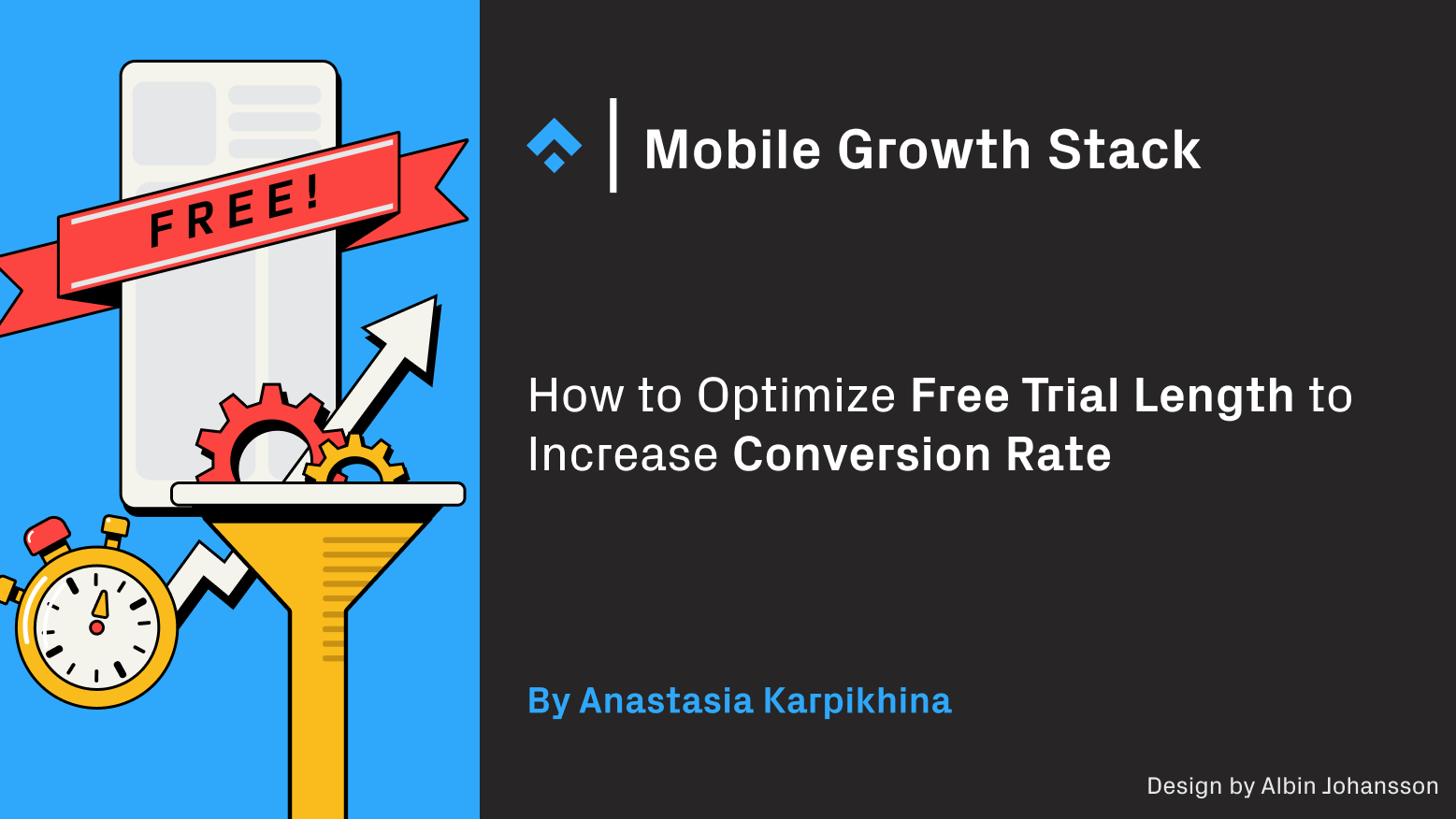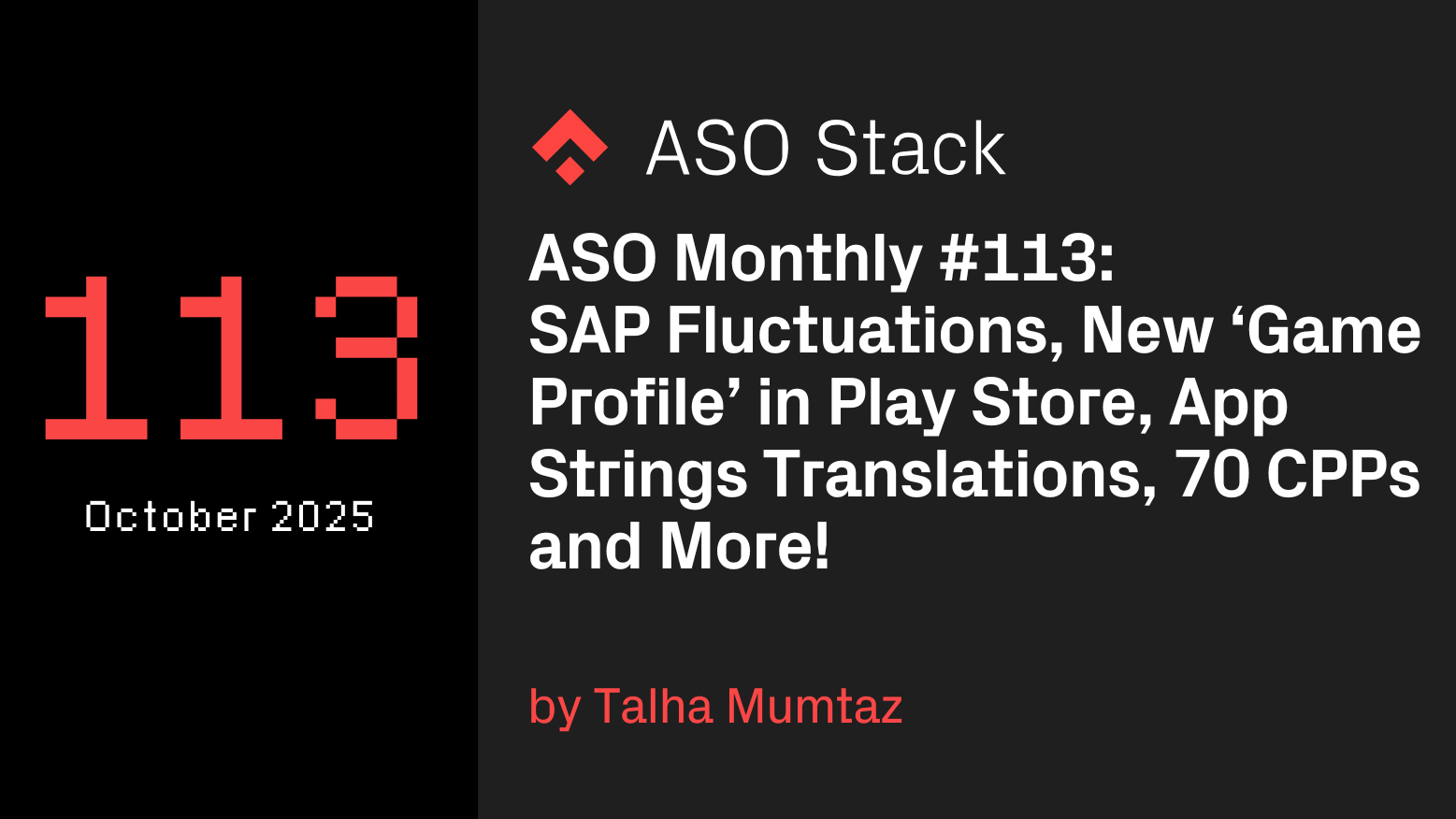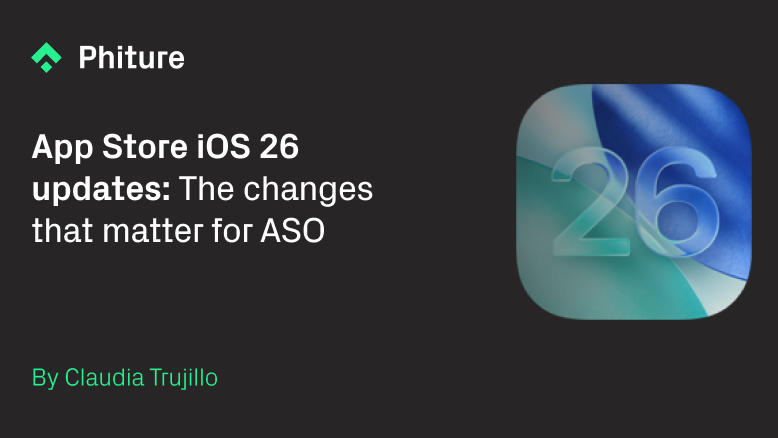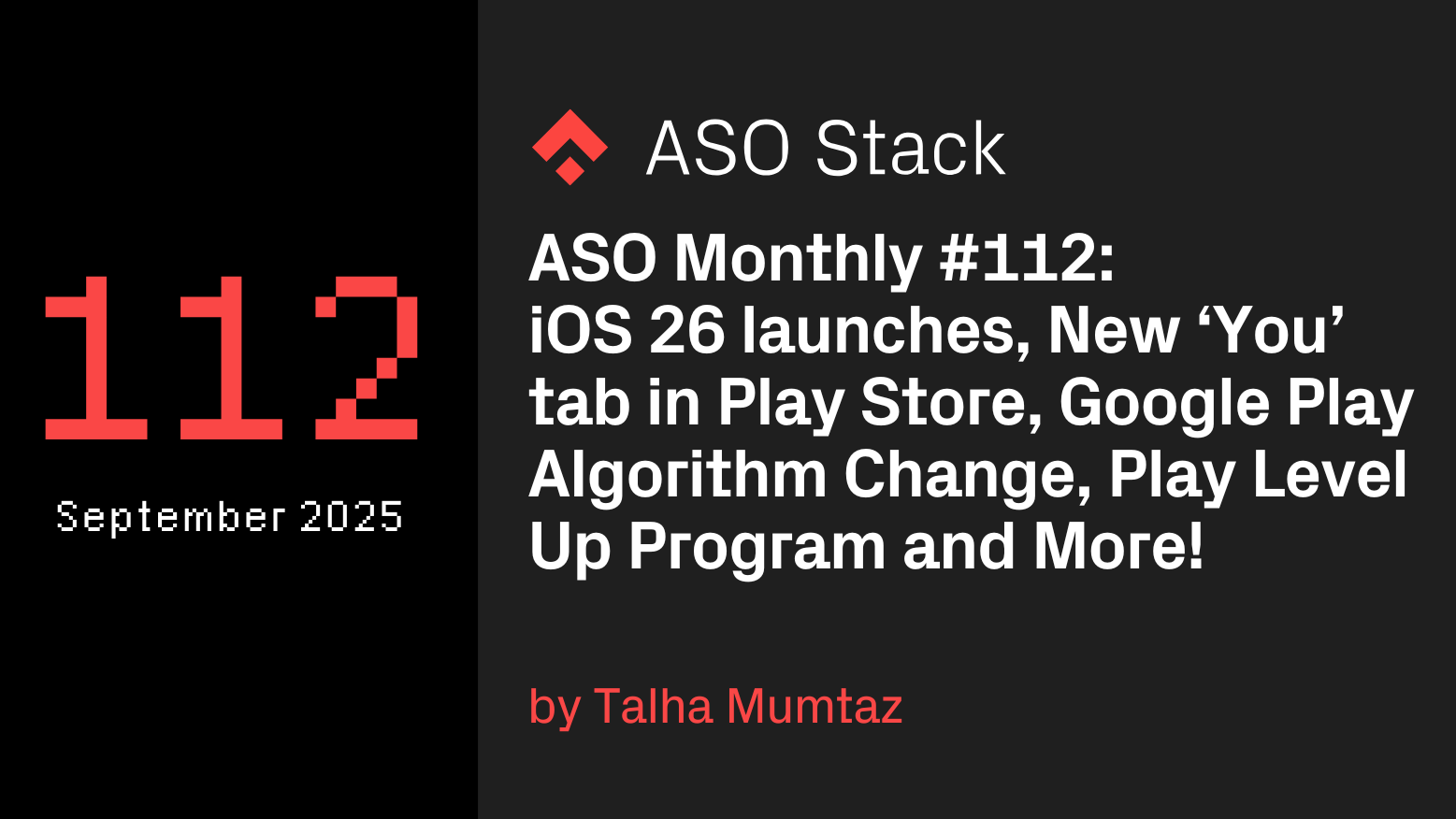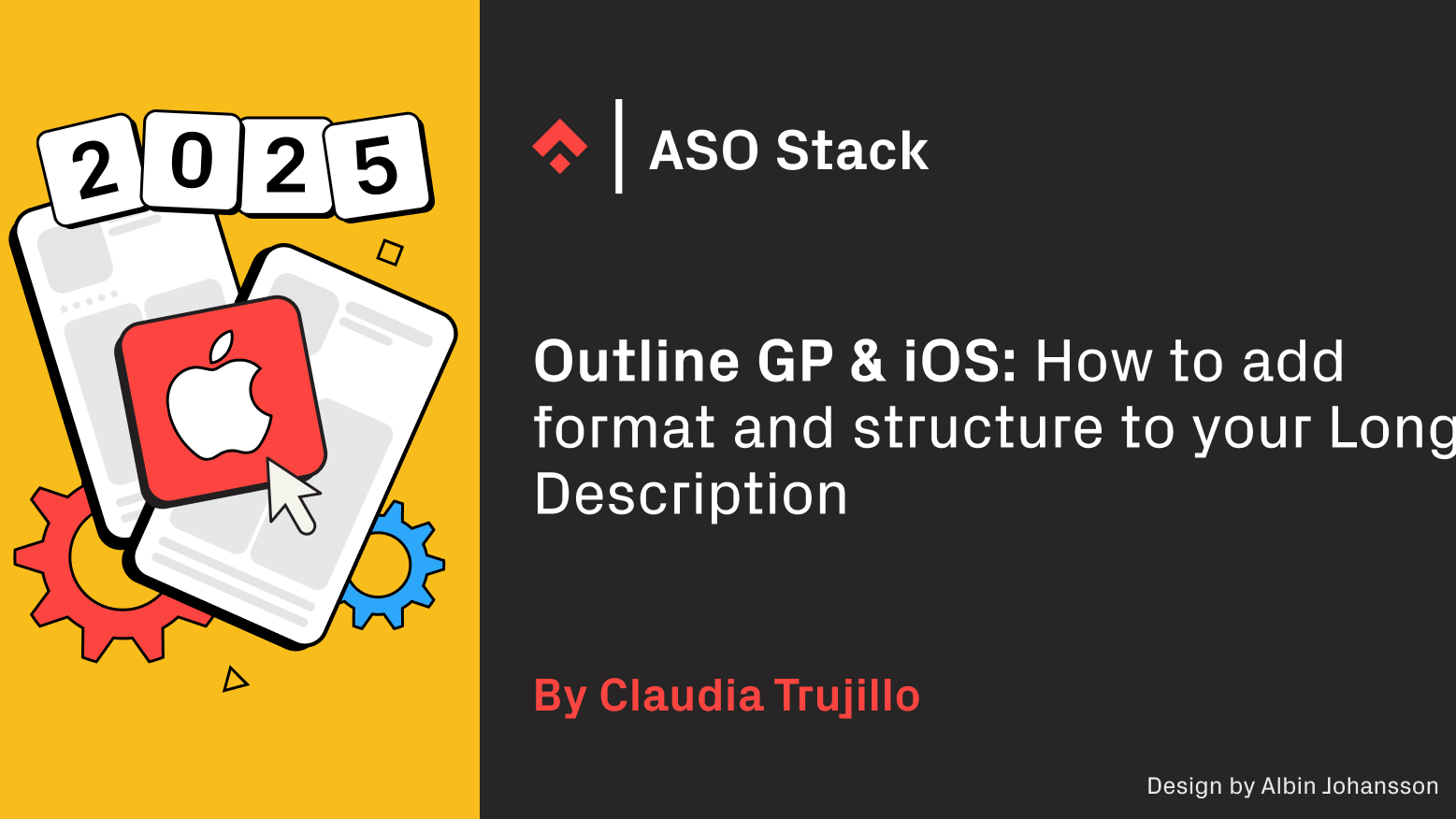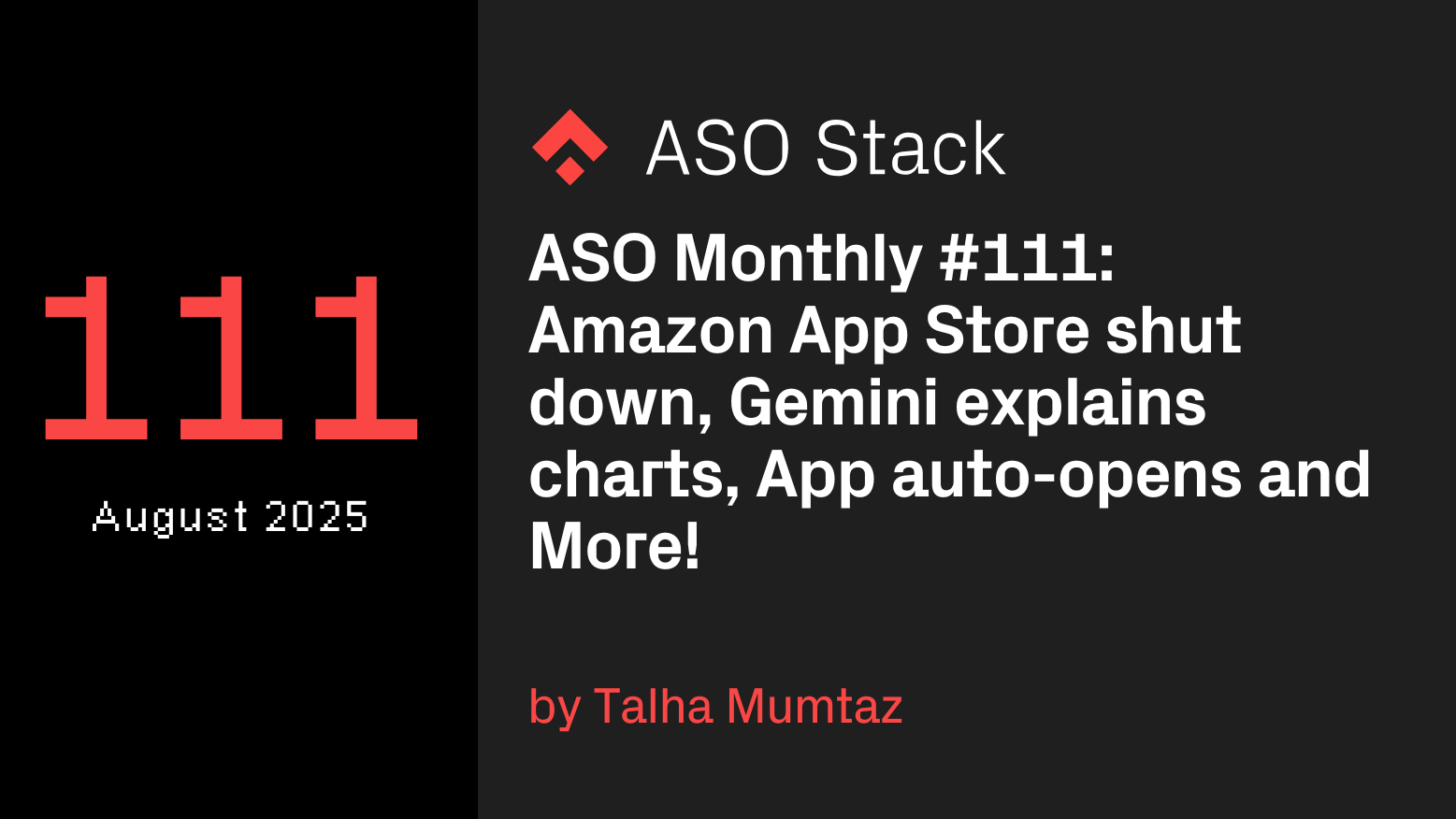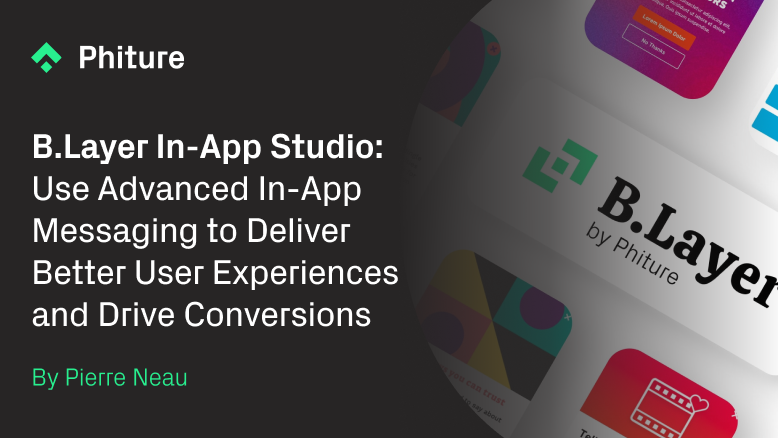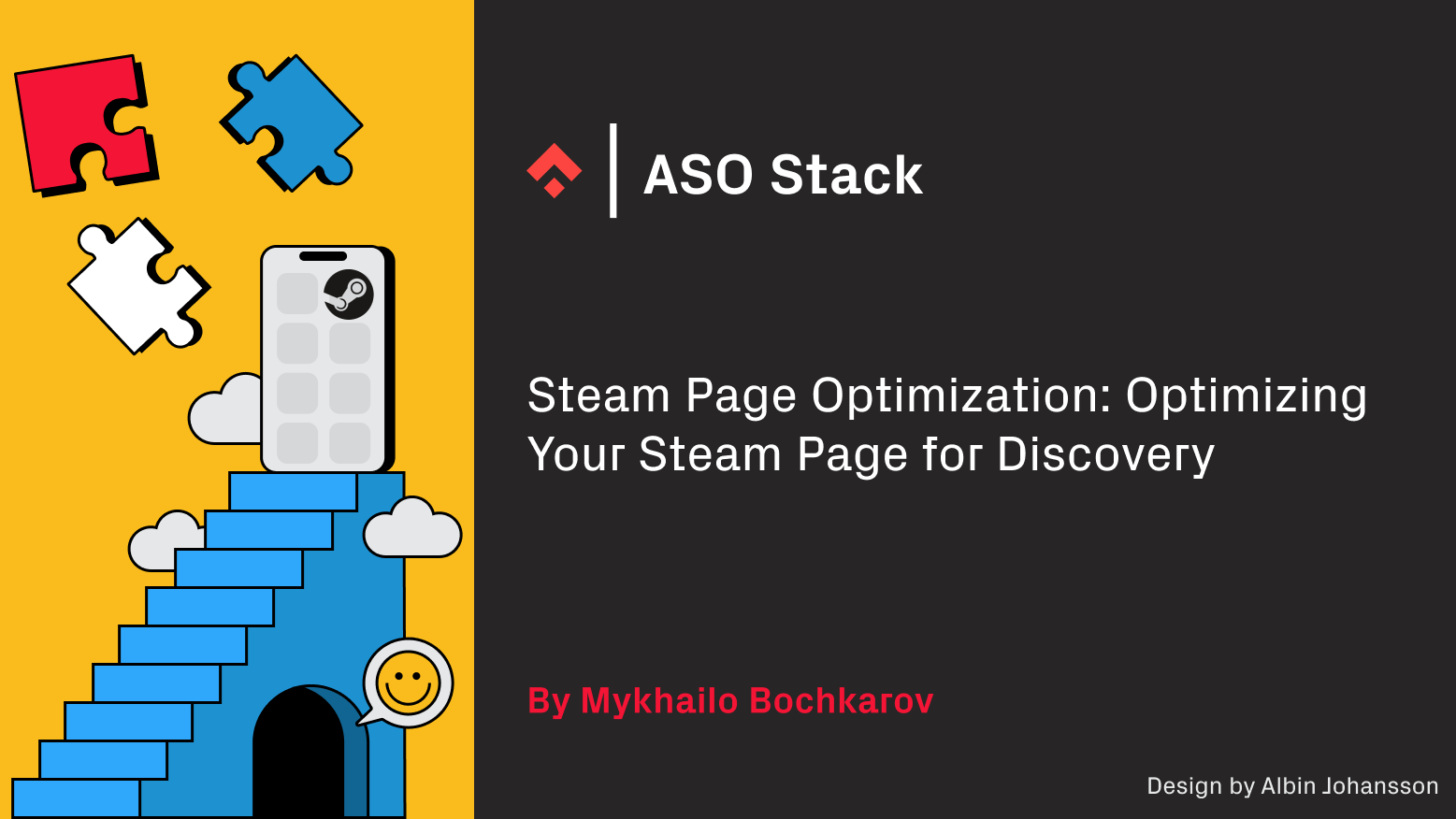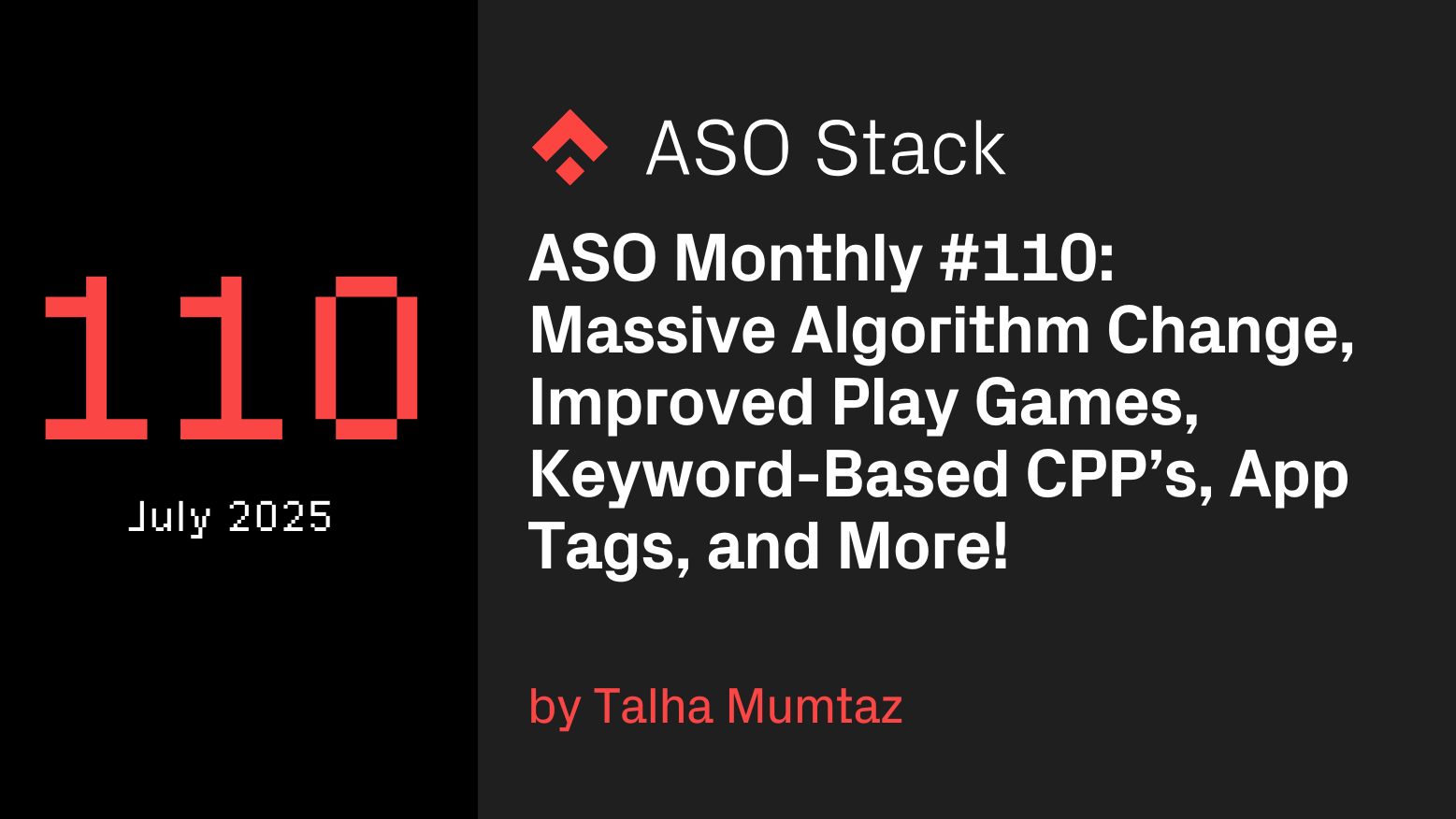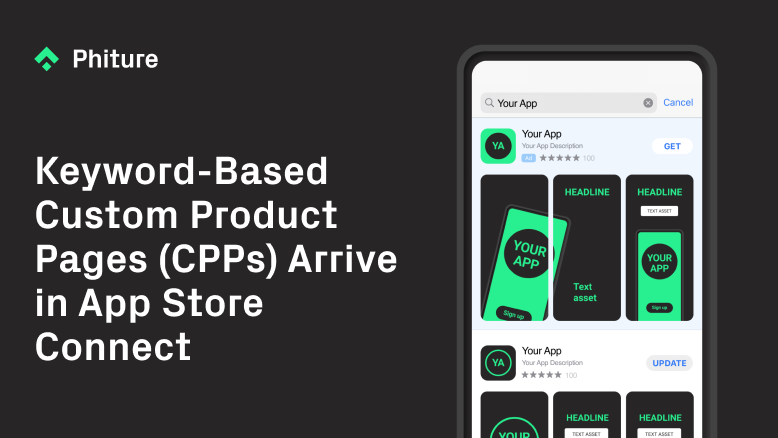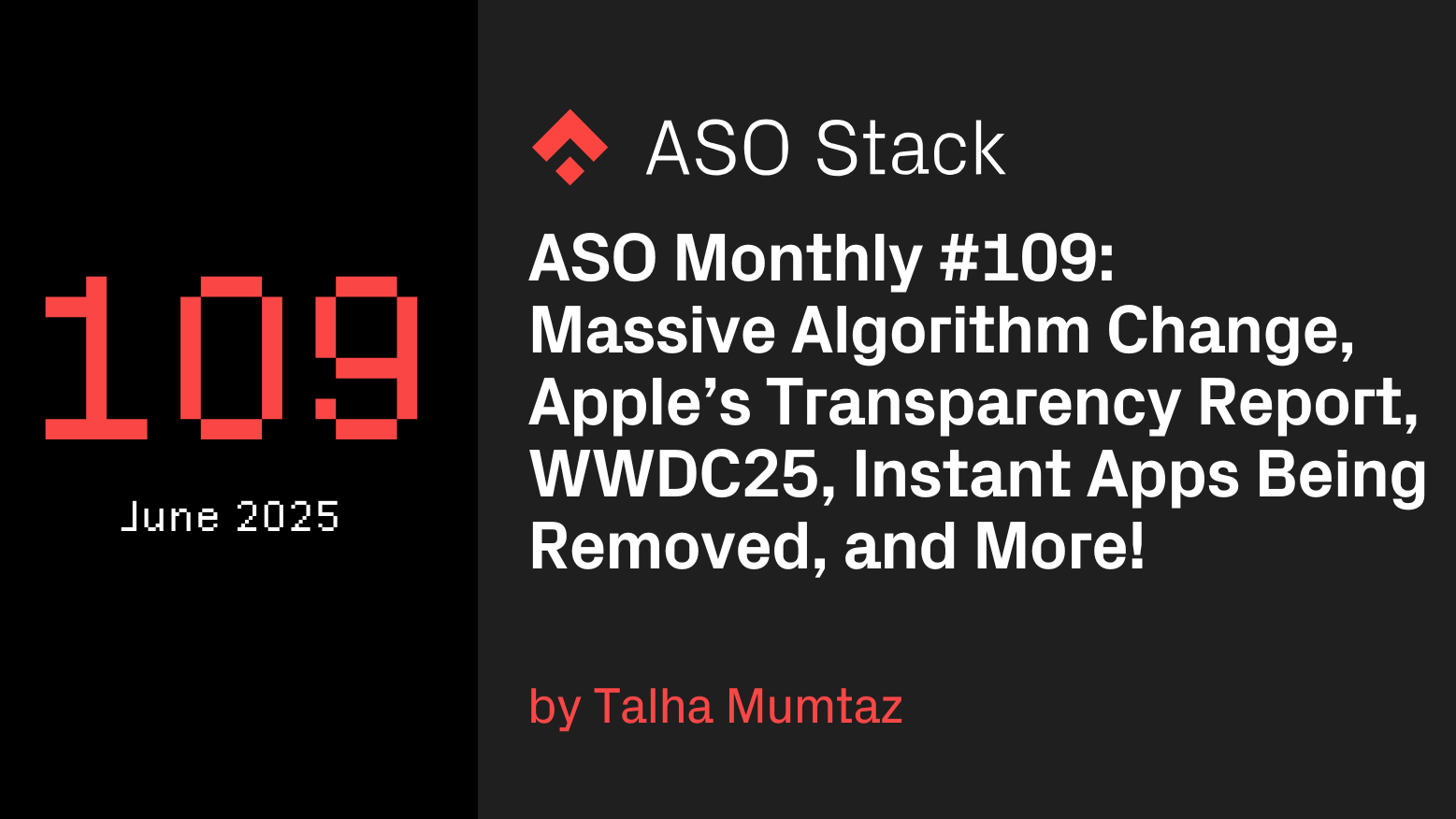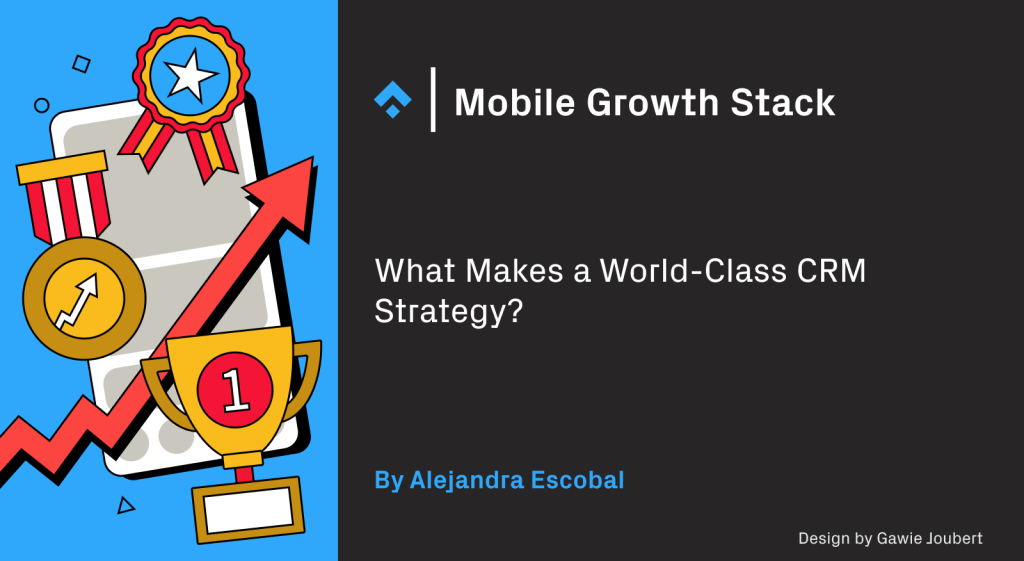
This blog post serves as the first part of this series, where we aim to cover the fundamentals of a world-class CRM strategy.
Subscribe to our newsletters below if you don’t want to miss any of the upcoming deep-dives! 📬
A strong CRM strategy doesn’t just elevate campaign performance — it shapes the future of your entire business. Retention is the backbone of sustainable growth, and a well-executed CRM approach can create a positive retention curve, ensuring customers stay engaged and loyal over time.
Why does this matter? Many businesses see explosive growth initially, but poor retention eventually leads to stalled revenue and skyrocketing acquisition costs. Without a strong retention framework, even the most promising companies risk plateauing — or worse, losing their customer base entirely.
By focusing on building long-lasting customer relationships, a strong CRM strategy reduces reliance on expensive acquisition campaigns and lays a strong foundation for long-term profitability by increasing customer engagement, retention, and LTV. Drawing from our experience working with a range of clients, Phiture’s Black Friday success stories, and other learnings, we’ve created an actionable roadmap to help marketers (in e-commerce and beyond) create a CRM setup that drives growth, retention, and loyalty.
Personalization Powers Engagement
Today’s customers expect tailored experiences beyond simply addressing them by their first name. Use real-time data and behavioral insights to personalize:
- Product recommendations: Suggest relevant items based on purchase or browsing history.
- Lifecycle messages: Celebrate milestones or send win-back campaigns to re-engage users.
- Dynamic content: Prioritize offers like early-access sales for deal-oriented shoppers.
- In-app experience: Different users might have downloaded your app for different reasons. Learn how to leverage acquisition data beyond the download to offer a tailored experience to every user.
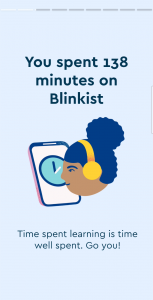 Personalized campaigns consistently outperform generic ones, driving higher conversions, engagement rates, and long-term loyalty.
Personalized campaigns consistently outperform generic ones, driving higher conversions, engagement rates, and long-term loyalty.
Chances are that your Customer Engagement Platform (CEP) of choice already supports advanced personalization out of the box: Features like catalogs, personalized paths in automated workflows, or the use of Liquid logic to personalize each message are available in platforms like Braze, Iterable, or Customer.io.
Phiture helped Blinkist build a highly personalized Year-In-Blinks campaign — users who received it were 51% more likely to renew their subscription.
Embrace Multichannel Strategies
A world-class CRM strategy usually doesn’t rely on a single channel. Each business will have its own mix of email, push notifications, in-app messages, SMS/WhatsApp, based on its audience and goals. Remember, each channel serves a unique purpose and suits users at different lifecycle stages or activity levels:
- Email: Best for reactivation and promotions — perfect for inactive users.
- In-app or web pop-ups: Great for active visitors to educate, cross-sell, or push announcements.
- Push notifications: Ideal for engaged users with time-sensitive updates, reminders or personalized recommendations.
For example, don’t target inactive users with in-app messages — they’re not visiting your app or site. Instead, use email to reactivate them and gradually guide them back to other channels. A well-planned multichannel strategy creates seamless experiences while ensuring no user is left out.
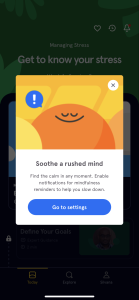 For our client Headspace, Phiture implemented a new strategy to encourage push notification opt-ins, based on user lifecycle. These initiatives have increased the total percentage of users that opted in to push notifications by 157%, proving that the right message at the right time is crucial. Headspace now has a higher reachable audience to target with regular communications.
For our client Headspace, Phiture implemented a new strategy to encourage push notification opt-ins, based on user lifecycle. These initiatives have increased the total percentage of users that opted in to push notifications by 157%, proving that the right message at the right time is crucial. Headspace now has a higher reachable audience to target with regular communications.
Test, Learn, and Optimize
Testing is at the heart of a strong CRM strategy. It’s not just about perfecting one-off campaigns like subject lines or hero banners — it’s also about experimenting with your automated flows. As noted in this case study, testing even small variables, such as timing or copy tone, can uncover opportunities to drive retention and engagement.
Testing is an ongoing process — small tweaks can unlock big improvements over time.
Automate With Empathy
Automation is critical for scaling your CRM efforts, but it must feel thoughtful and human. Start by creating an exhaustive lifecycle map that outlines all customer touchpoints: Onboarding, first purchase, post-purchase follow-ups, reactivation, etc. Understand where and how to engage. Then, layer in frequency capping rules and campaign priorities to avoid over-messaging.
Dynamic, automated journeys that adapt to user behavior and lifecycle stages can drive trust and conversions. For example:
- Abandoned cart reminders: Nudge users to complete purchases.
- Post-purchase flows: Provide tips, ask for reviews, or cross-sell.
When automation is done right, customers feel cared for, not bombarded.
Focus on Value Beyond Discounts
While major sales events like Black Friday are often discount-driven, long-term retention comes from offering value beyond price. Think about:
- Educational content: Tutorials or usage tips.
- Exclusive perks: VIP access or loyalty rewards.
- Community connection: Encourage user-generated content or social sharing.
A balanced approach — blending offers with high-quality content — ensures customers stay engaged long after the discounts are over.
Key Takeaway: Retention Beats Acquisition
Acquisition gets customers in the door — retention keeps them coming back. By investing in personalization, multichannel excellence, and continuous optimization, marketers across industries can create CRM strategies that boost both revenue and customer loyalty.
Looking for more actionable CRM insights? Read the next article in series: Why a Solid Taxonomy is the Foundation of Scalable CRM, and stay tuned for the next post in our bite-sized series. Let’s build retention strategies that last!
Table of Contents

